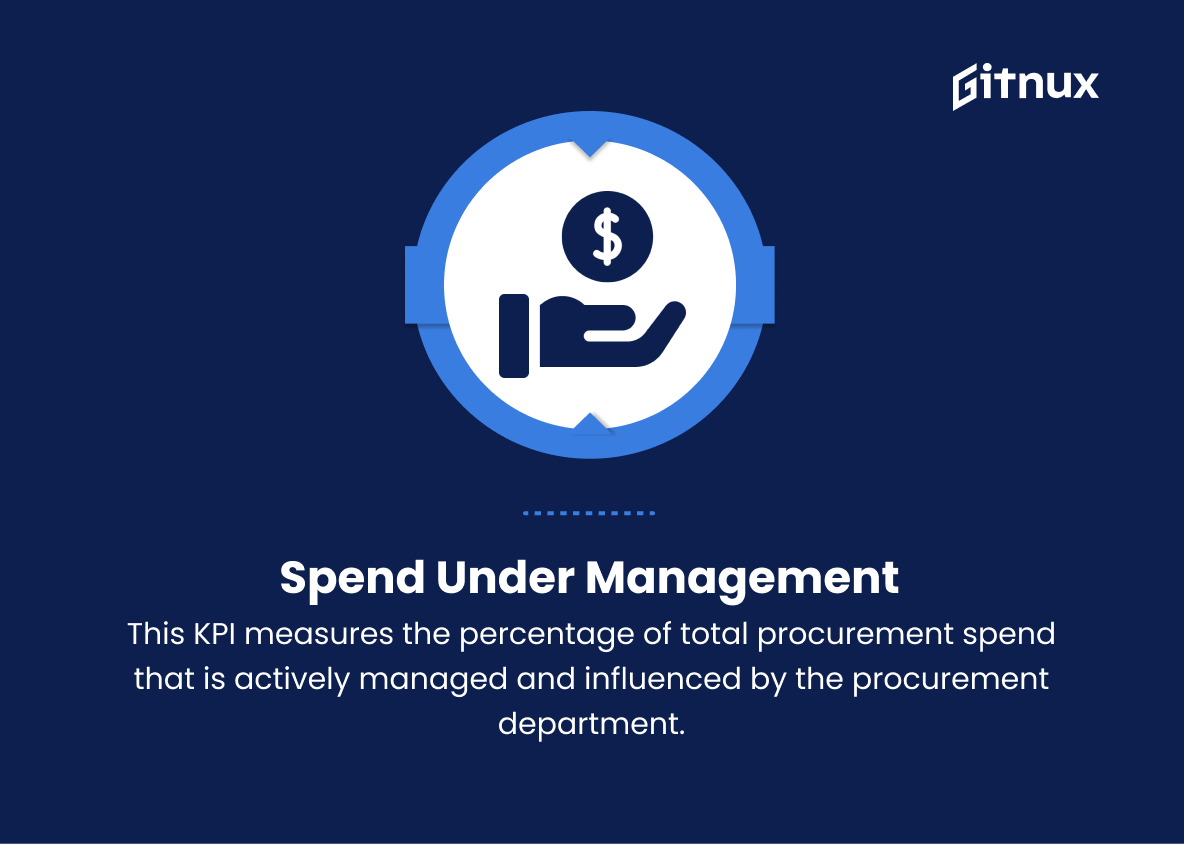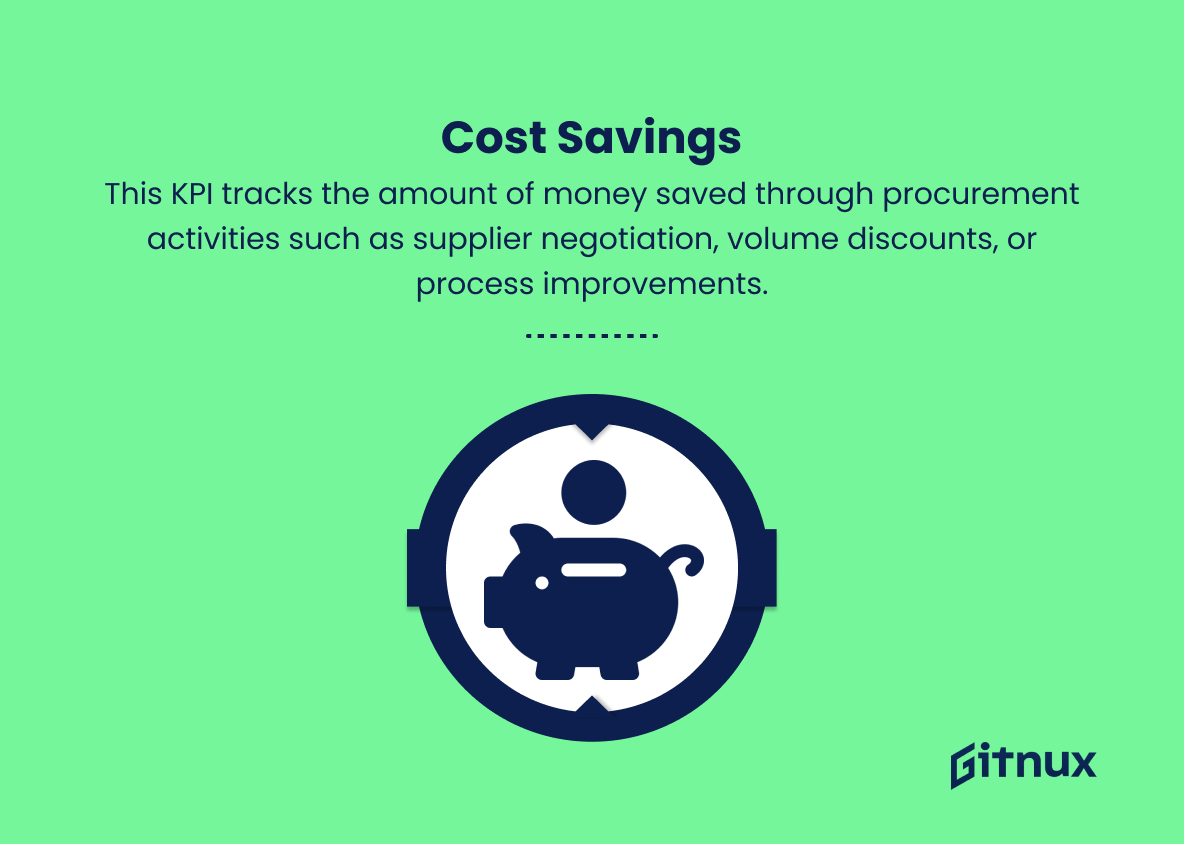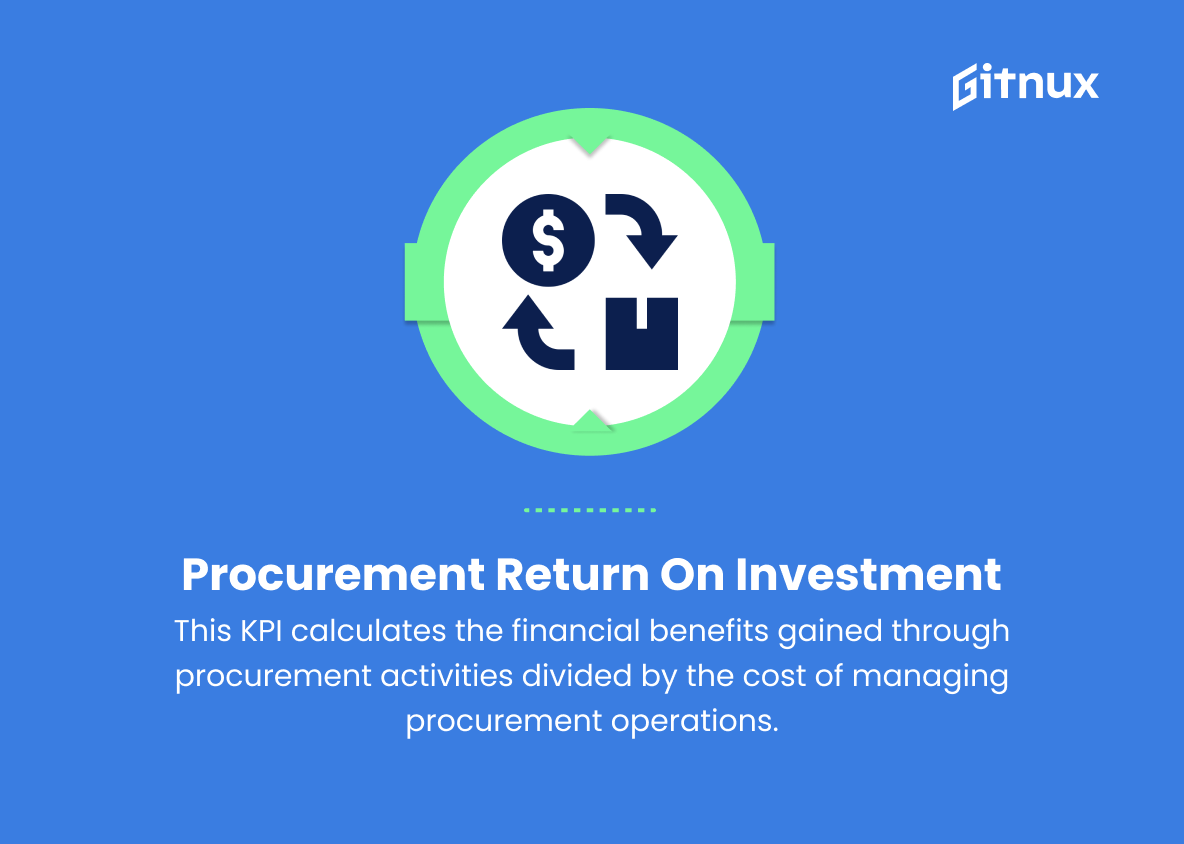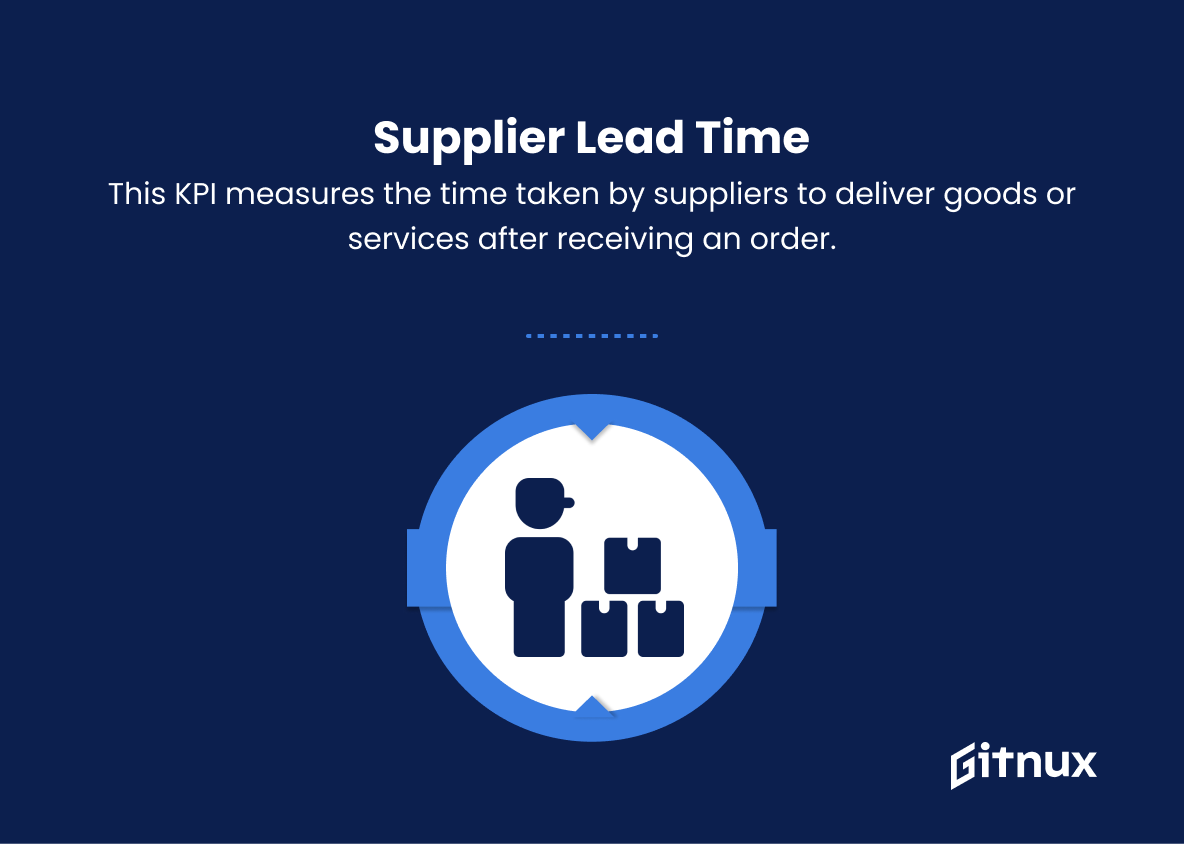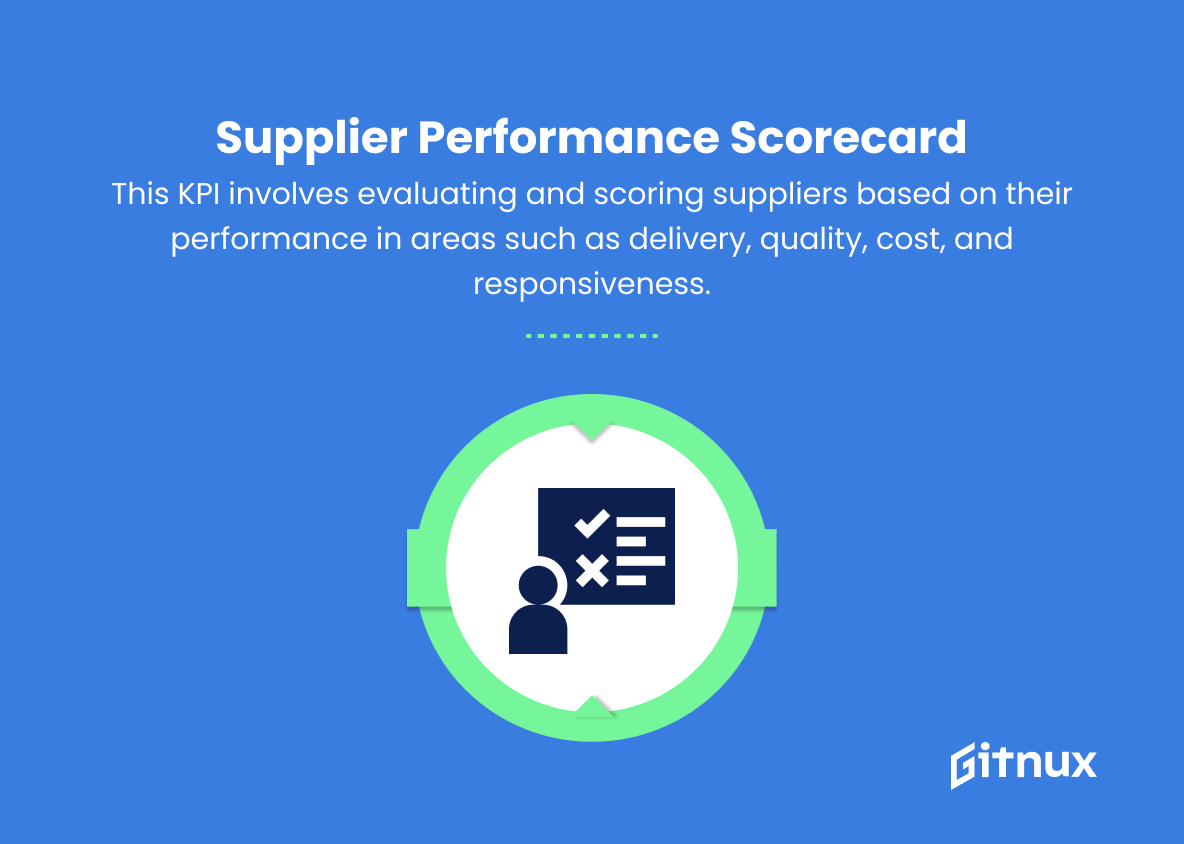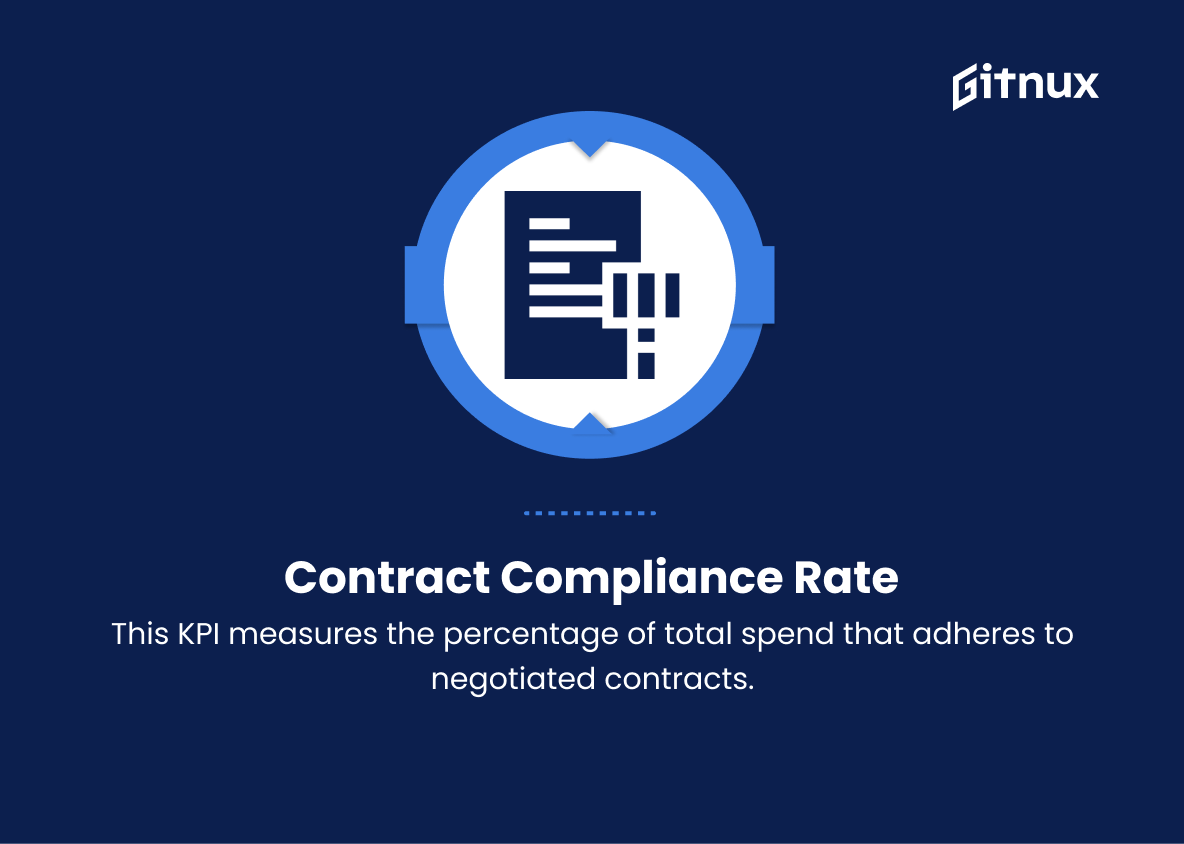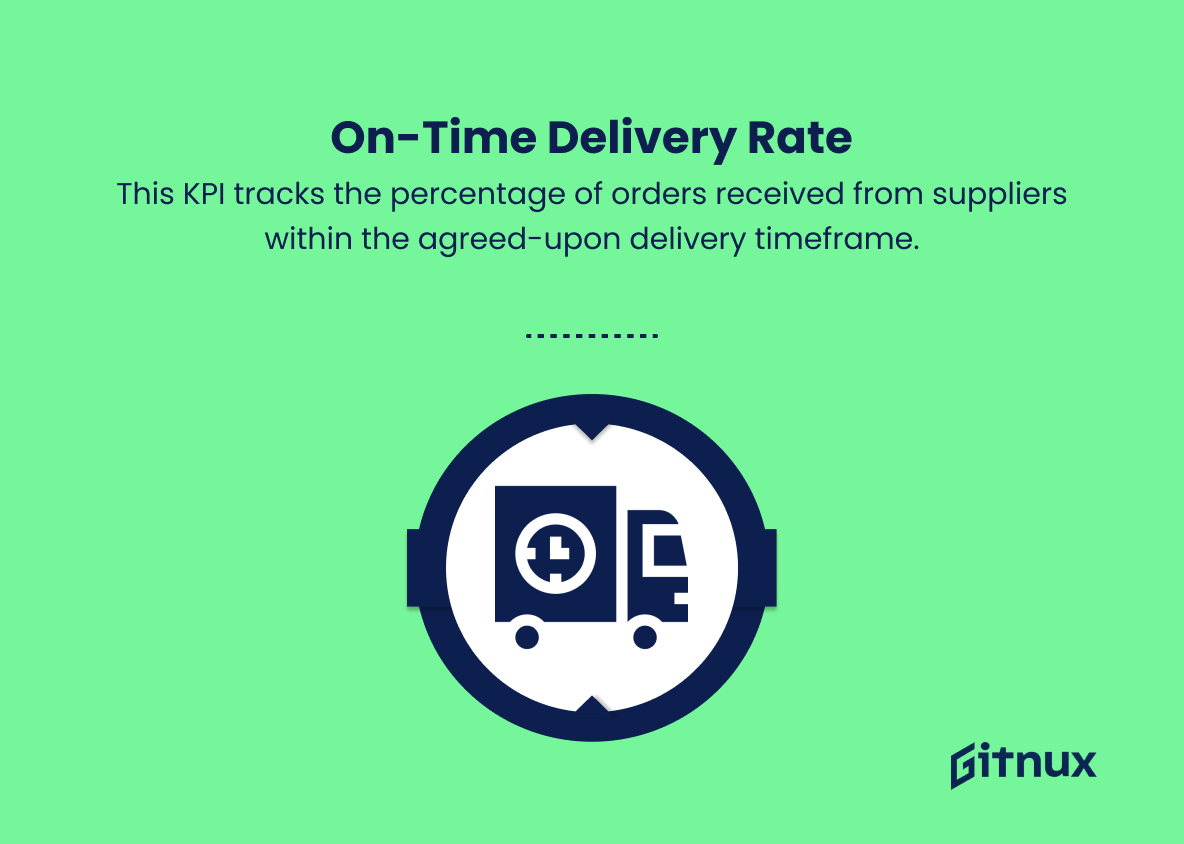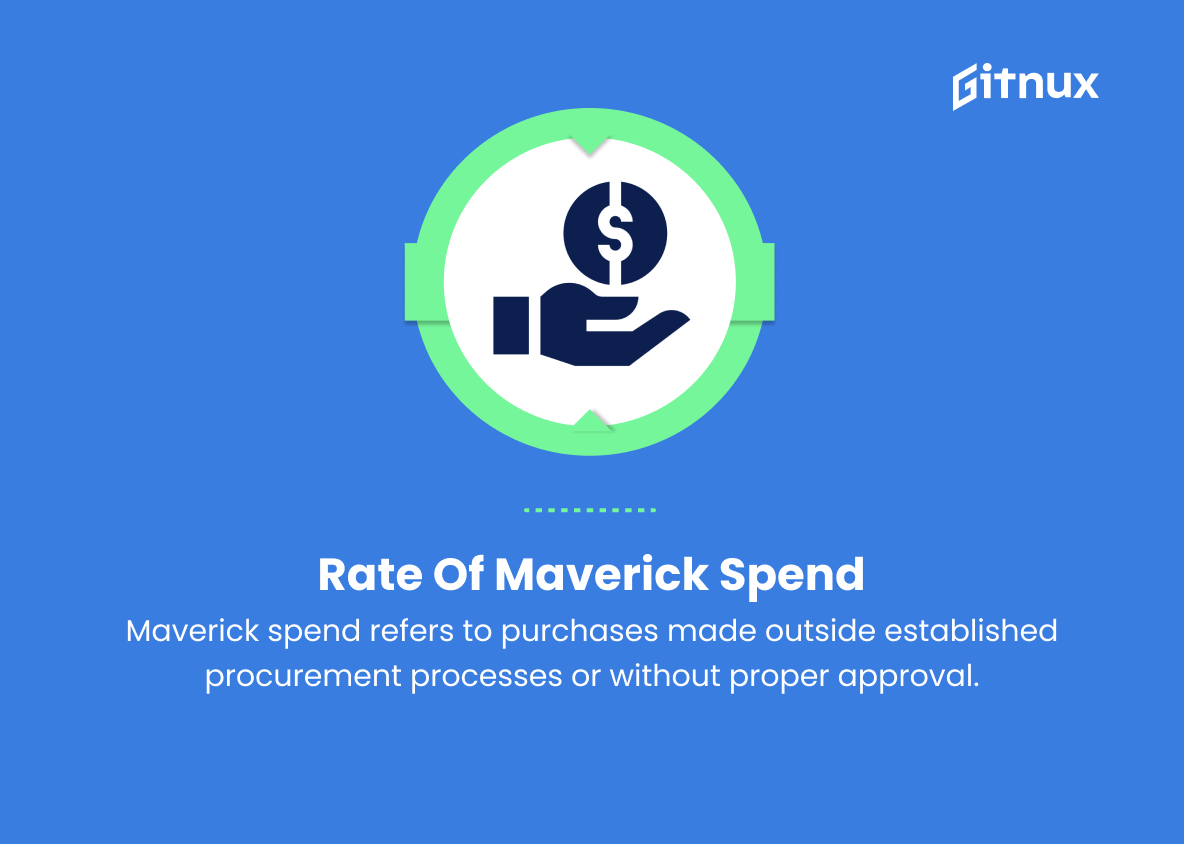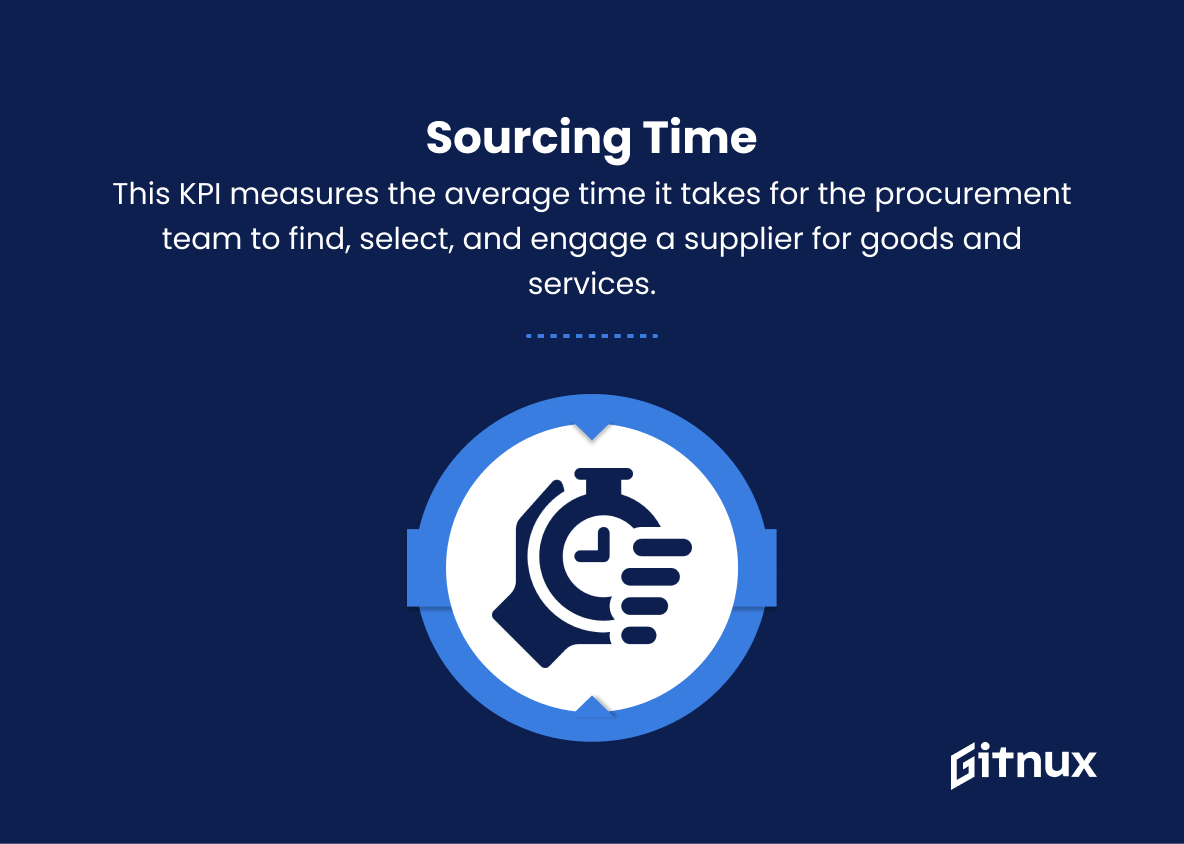In today’s ever-evolving business landscape, it is more important than ever to stay on top of procurement performance. It’s not enough to ensure cost savings and maintain supplier relationships-organizations must carefully measure, analyze and optimize their procurement capabilities. One key way to do this is through the use of procurement key performance indicators (KPIs). These valuable metrics provide insight into an organization’s sourcing strategies and highlight areas for improvement.
In this comprehensive blog post, we will delve deep into the world of procurement KPIs, focusing on their importance, specific examples, and how they can be effectively evaluated and implemented to drive continuous excellence in procurement operations. Join us as we explore the critical role KPIs play in shaping and driving your procurement success.
Procurement KPIs You Should Know
1. Spend under management
This KPI measures the percentage of total procurement spend that is actively managed and influenced by the procurement department. A higher percentage indicates that procurement has a greater control and impact on the organization’s spend.
2. Cost savings
This KPI tracks the amount of money saved through procurement activities such as supplier negotiation, volume discounts, or process improvements. It shows how well the procurement department is contributing to the bottom line.
3. Procurement return on investment (ROI)
This KPI calculates the financial benefits gained through procurement activities divided by the cost of managing procurement operations. A high procurement ROI indicates efficiency and effectiveness in the procurement department.
4. Supplier lead time
This KPI measures the time taken by suppliers to deliver goods or services after receiving an order. Shorter lead times indicate better supplier performance and can lead to more effective supply chain management.
5. Purchase order cycle time
This KPI tracks the average time it takes to process a purchase order, from initiation to order placement. A shorter cycle time implies better efficiency and faster responsiveness in the procurement process.
6. Supplier performance scorecard
This KPI involves evaluating and scoring suppliers based on their performance in areas such as delivery, quality, cost, and responsiveness. A higher score reflects better supplier performance, which can lead to stronger relationships and improved supply chain management.
Procurement KPIs play a crucial role in evaluating the performance and efficiency of an organization’s procurement department.7. Contract compliance rate
This KPI measures the percentage of total spend that adheres to negotiated contracts. A higher compliance rate implies better adherence to procurement policies and a stronger negotiating position.
8. On-time delivery rate
This KPI tracks the percentage of orders received from suppliers within the agreed-upon delivery timeframe. Higher on-time delivery rates reflect better supplier performance and can contribute to increased customer satisfaction.
9. Rate of maverick spend
Maverick spend refers to purchases made outside established procurement processes or without proper approval. This KPI measures the percentage of total procurement spend that is uncontrolled or unauthorized. A low maverick spend rate indicates better adherence to procurement policies and processes.
10. Sourcing time
This KPI measures the average time it takes for the procurement team to find, select, and engage a supplier for goods and services. A shorter sourcing time reflects greater efficiency and faster responsiveness in the procurement process.
These KPIs provide insights into the overall efficiency and effectiveness of the procurement department and can help identify areas for improvement and optimization.
Procurement KPIs Explained
Procurement KPIs play a critical role in evaluating the performance and efficiency of an organization’s procurement department. Metrics such as spend under management, cost savings and procurement ROI are critical in determining the department’s impact and contribution to the organization’s financial health. The efficiency of processes such as supplier lead time, order cycle time, and sourcing time reflect the procurement department’s ability to respond quickly and adapt to changes in the supply chain.
Supplier performance scorecards, contract compliance rates, on-time delivery rates, and maverick spend rates provide a comprehensive view of supplier relationships, compliance with sourcing policies, and internal control over sourcing activities. Taken together, these KPIs provide valuable data to help guide the organization’s decision-making process and optimize procurement practices, ultimately contributing to a successful and sustainable supply chain.
Conclusion
In summary, procurement KPIs are critical for organizations to effectively measure, manage and optimize their procurement processes. They enable companies to gauge the performance of their procurement team and understand the value they bring to the organization. By carefully selecting and setting relevant KPIs, organizations can identify areas for improvement, streamline supplier management, and ensure that they are generating cost savings and driving efficiencies.
Regular assessment and benchmarking of KPIs enables organizations to remain agile in an ever-changing business landscape and maintain a competitive edge in procurement management. As a result, procurement KPIs are not only a means to measure performance, but also a strategic tool for the continuous growth and development of an organization’s procurement function.
